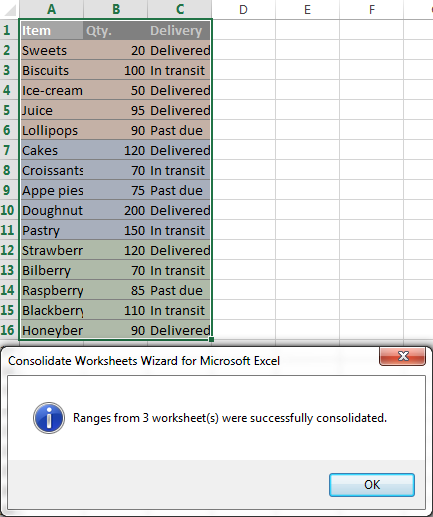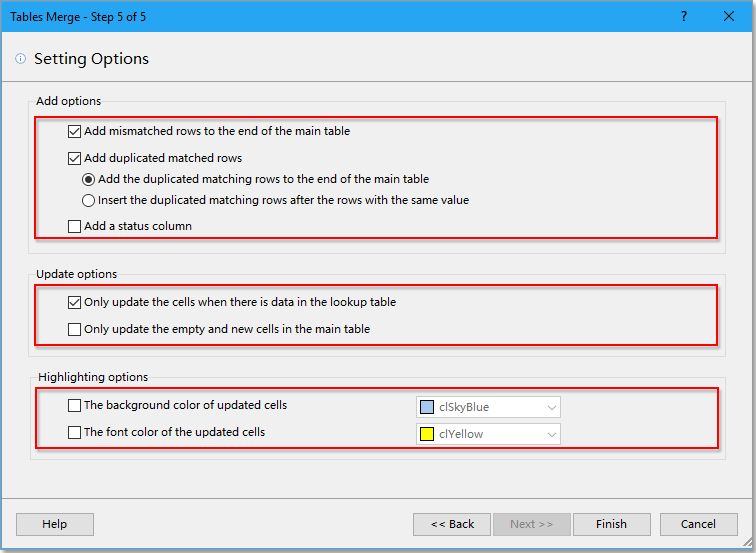

Now the file lands in our hands (you can download a copy here if you’d like to follow along,) and we’d like to turn this into one consolidated table so that we can do some analysis on it. But unfortunately, they haven’t formatted any of the data using Excel tables. It is all structured as per the image below, but resides across multiple worksheets one for each month:Īs you can see, they’ve carefully named each sheet with the month and year. Let’s consider a case where the user has been creating a transactional history in an Excel file.

This week we’re going to stay within the same workbook, and combine multiple worksheets using Power Query.

In last week’s post we looked at how to combine multiple files together using Power Query.


 0 kommentar(er)
0 kommentar(er)
